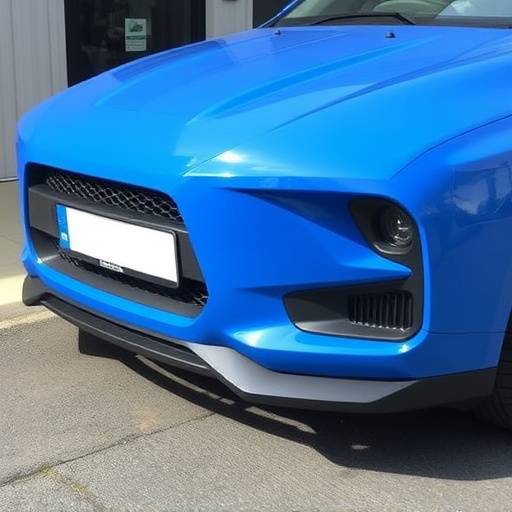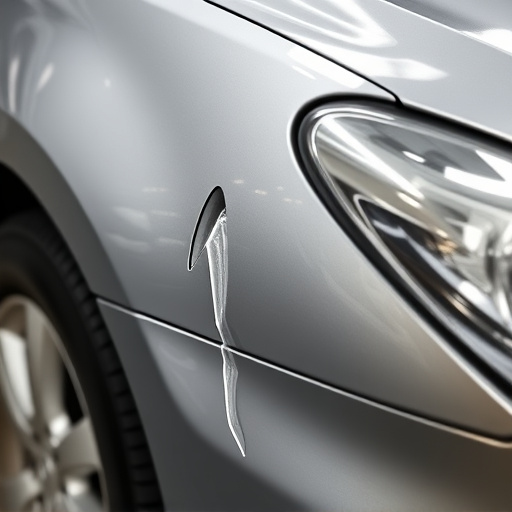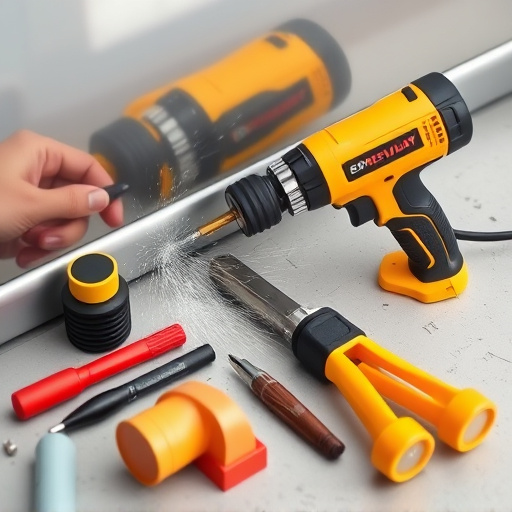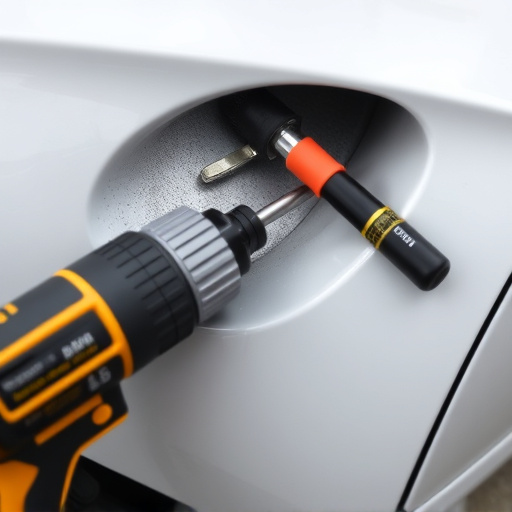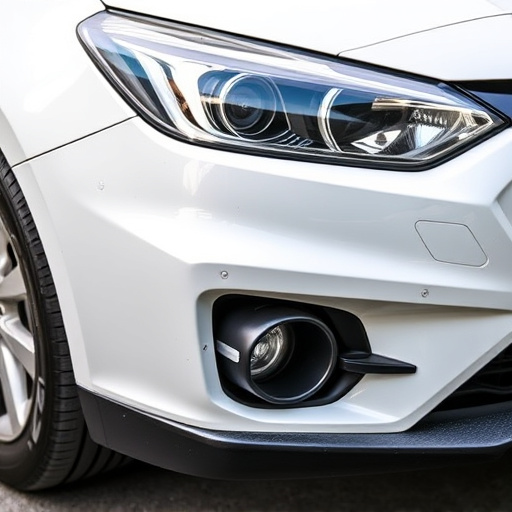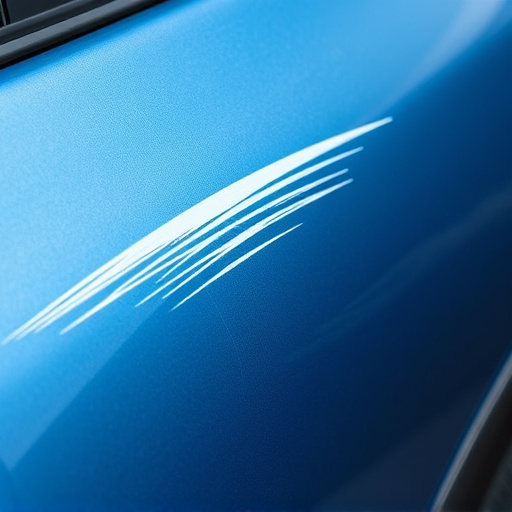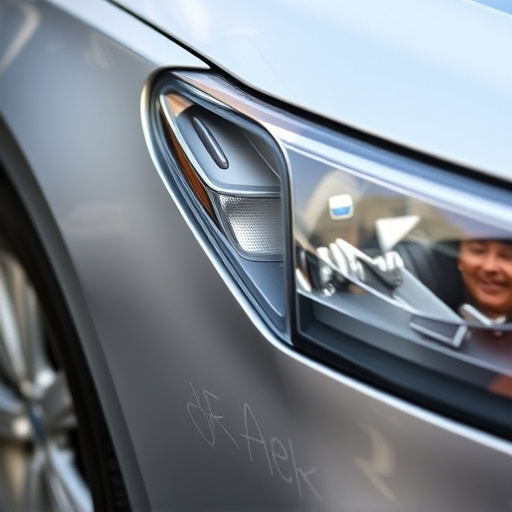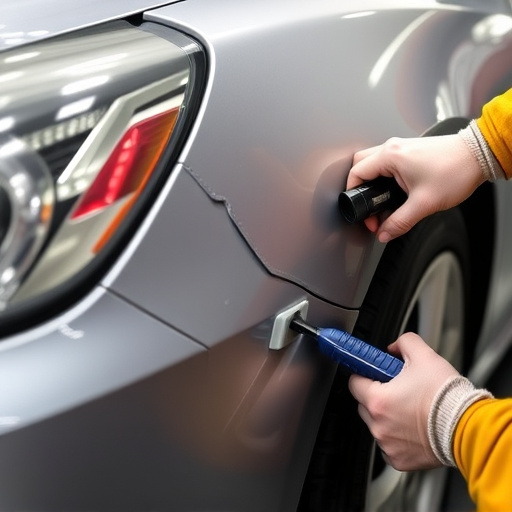Tesla Paint Protection Film (PPF) protects vehicles from scratches and damage, but requires proper care to prevent edge cracks, bubbles, and peeling. Regular washing, parking in covered areas, inspections, and prompt repair using approved products extend PPF lifespan. Hydrophobic testing assesses water-repellent properties, ensuring optimal protection against environmental factors and enhancing product quality through manufacturer feedback and continuous improvement. Professional repair services are available for severe Tesla PPF damages.
“Uncover the secrets of maintaining your Tesla’s pristine finish with a focus on its Paint Protection Film (PPF). This comprehensive guide delves into the intricacies of Tesla PPF repair and testing, offering valuable insights for car enthusiasts. From understanding the film’s role in safeguarding your vehicle to identifying common damage and learning about hydrophobic testing, you’ll explore effective strategies for optimal PPF performance. Discover how these techniques contribute to preserving the aesthetics and value of your Tesla.”
- Understanding Tesla PPF: A Comprehensive Overview
- Common PPF Damage: Causes and Prevention
- Hydrophobic Testing: Unlocking Film Performance Secrets
Understanding Tesla PPF: A Comprehensive Overview
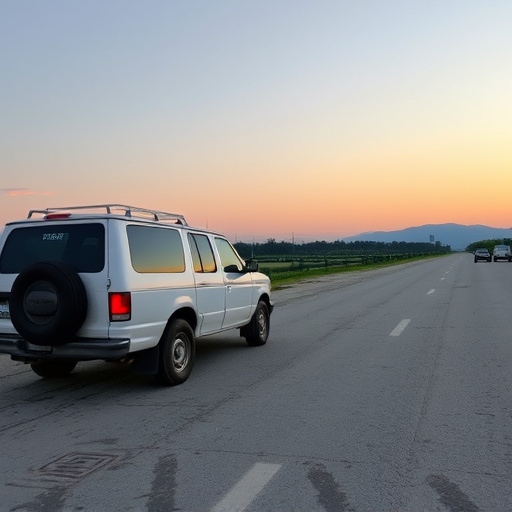
Tesla PPF, or Paint Protection Film, is a clear, protective layer applied to vehicles, designed to safeguard their paintwork from scratches, chips, and other forms of damage. This innovative automotive accessory has become a staple in high-end car care, offering both aesthetic and functional benefits. The film acts as a barrier between the vehicle’s paint and environmental hazards like dirt, bird droppings, and harsh weather conditions.
Understanding Tesla PPF repair is crucial for vehicle owners looking to maintain their cars’ pristine condition. Over time, this protective film can become damaged or contaminated, compromising its effectiveness. Professional automotive repair services often specialize in Tesla PPF repair, utilizing advanced techniques and materials to restore the film’s clarity and hydrophobic properties. Whether it’s a fender repair or bumper repair, ensuring proper care and maintenance of Tesla PPF is essential for preserving the overall aesthetics and value of the vehicle.
Common PPF Damage: Causes and Prevention
Tesla PPF (paint protection film) is designed to safeguard your vehicle’s finish against scratches and chips, but it isn’t invincible. Common damages include edge cracks, bubbles, and peeling, often caused by exposure to harsh weather conditions, stone chips, or improper installation. To prevent these issues, regular washing and detailing are crucial, especially in areas prone to mineral deposits and road debris. Using soft wash techniques and microfiber towels can significantly reduce the risk of damage during cleaning.
Additionally, parking in covered areas or garages whenever possible can shield the PPF from direct sunlight, extreme temperatures, and airborne contaminants that accelerate degradation. While professional Tesla PPF repair services are available for severe cases, regular maintenance and preventive care can extend its lifespan. Proper upkeep includes inspecting the film for any signs of damage and addressing them promptly using approved cleaning products and techniques to preserve both the car’s aesthetics and the protective layer of the vehicle paint repair.
Hydrophobic Testing: Unlocking Film Performance Secrets

Hydrophobic testing plays a pivotal role in understanding and unlocking the true performance capabilities of Tesla PPF (paint protection film). By simulating various environmental conditions, including exposure to water and other liquids, experts can assess the film’s ability to repel moisture and maintain its protective barrier. This process is crucial for ensuring the longevity and effectiveness of the PPF during everyday use, especially in regions with harsh weather conditions or frequent auto collisions.
Performing such tests involves a meticulous approach, often conducted at specialized auto collision centers where precise tools and expertise are available. These evaluations help identify any potential flaws or weaknesses in the film’s composition, allowing manufacturers to continuously improve their products. For car owners, staying informed about these advancements is essential for maintaining optimal vehicle protection through regular auto maintenance practices.
In conclusion, understanding and properly maintaining Tesla’s Paint Protection Film (PPF) is key to preserving your vehicle’s aesthetic appeal. By addressing common damage types through proactive measures and utilizing hydrophobic testing to assess film performance, owners can ensure optimal protection for their cars. When it comes to repairs, a swift and expert approach guarantees the PPF’s longevity, safeguarding against future damage and maintaining the vehicle’s glossy, protective barrier.

